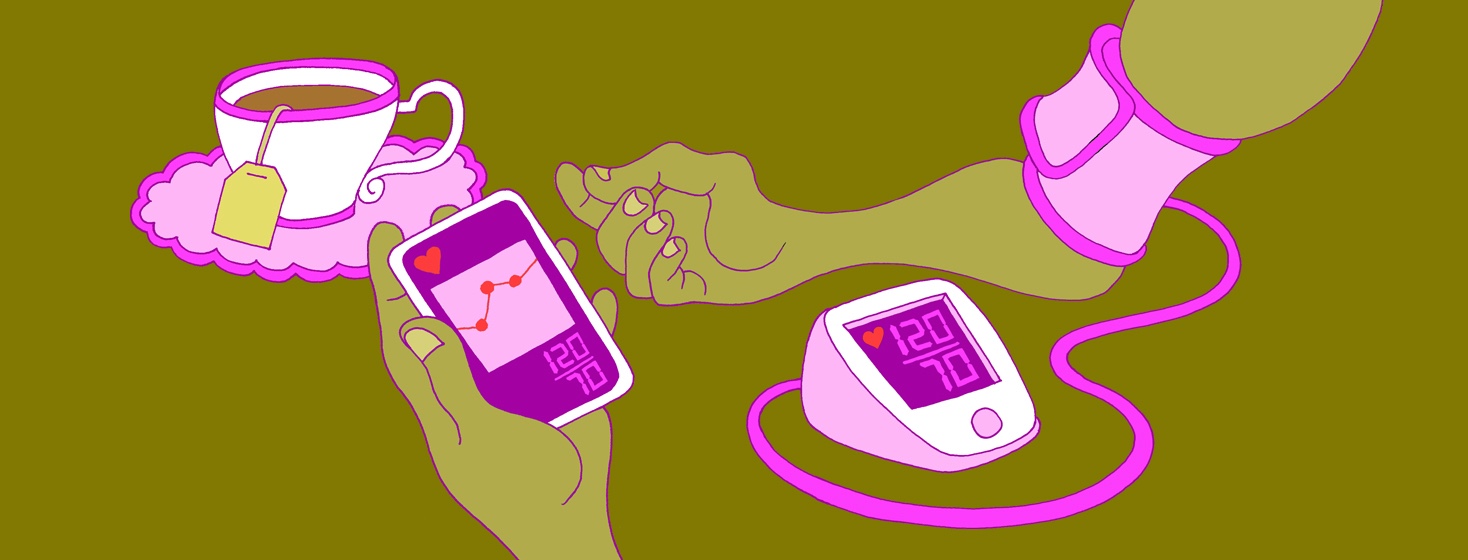A Guide to Buying a Blood Pressure Monitor
People with myasthenia gravis (MG) may be at a higher risk of high blood pressure (BP) compared to the rest of the population. In fact, one study found that MG patients have significantly higher systolic and diastolic blood pressure readings.1
There are several reasons for this. One primary reason is that a side effect of common medications used to treat MG, such as corticosteroids, is increased BP.2
Some doctors may recommend their MG patients keep records of their BP. While free self-use BP machines are often available at drug stores, they may be inconvenient and are not able to capture readings throughout the day.
As such, you may decide to purchase your own device. The following article will go over key things to keep in mind when you are selecting a BP machine for the first time.
Why keep track?
Before we dive into the various BP machines available, it is relevant to explain why keeping a record of your BP readings may be a good idea. There are several reasons why your doctor may recommend this:3
- High BP does not always result in symptoms; many people may not realize that they have high BP until they start monitoring.
- Over time, high BP can cause hardening of blood vessels, increasing the risk of heart attacks, and strokes
Where to purchase
There are various BP machine brands sold at drugstores, specialty medical supply stores, and even online at Amazon.
For most people, a reliable, accurate, BP monitor can be purchased at the drugstore. From my experience as a pharmacist, these range between $50 to $100 depending on the functionality of the device.
If you have extended health benefits, these devices may be covered, so check with your insurance plan.
Factors to consider
If you decide to purchase your machine at the drugstore, don’t hesitate to ask your pharmacist for a recommendation. The following considerations may help guide you in making your selection:4
Number of users - Some monitors allow you to have multiple users for storing BP readings. If you are sharing the device with a spouse, for example, it may be worthwhile to select a product with multiple user settings.
Cuff size - It is important to select the right cuff size, as a poor fit can affect your BP reading. There are typically various sizes available at drugstores, but larger sizes may only be available at specialty stores.
Warranty - Most BP machines come with a warranty, with some up to 5 years.
App and smartphone pairing - Some monitors track your readings and compile them into a summary that can be viewed on a smartphone. This is a great feature if your doctor is requesting a summary of your readings, and avoids having to maintain a handwritten log.
Upper arm vs. wrist - I generally recommend the upper-arm BP monitors, rather than the wrist or the finger monitors, due to accuracy concerns with the latter.
Do you track your BP at home? What monitor do you use? Share your experiences below!

Join the conversation